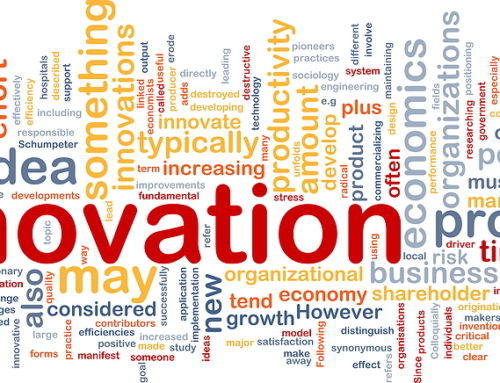In the ever-evolving landscape of legal transcription, the journey from long-hand writing to digital reporting has been marked by significant shifts in technology, speed, and efficiency. A glimpse into the past through an article in the American Magazine in 1928 reveals a fascinating progression – from the meticulous long-hand transcription to the revolutionary shorthand and the popularization of stenographic court reporting. Fast forward to the 21st century, where the advent of digital reporting represents a transformative leap, bringing particular advances to the legal profession. This points to the fact that a shift happens, and no one person can stand in the way of progress.
The Long-Hand Era: A Labor-Intensive Beginning
In the early days of court reporting, legal professionals painstakingly transcribed proceedings using long-hand writing. While this method produced thorough documentation, it was time-consuming and often led to delays in legal processes. The demand for a more efficient solution paved the way for the introduction of shorthand.
Shorthand: Speeding Up Legal Documentation
Many forms of shorthand have existed since the mid-4th century BC. A typical shorthand system provides symbols or abbreviations for words and common phrases, allowing someone well-trained to write as quickly as people speak. This symbolic writing method has been used in many professions, including journalism, medicine, and legal, for its speed and brevity in making a verbatim record compared to the longhand method. However, the limitations of shorthand, particularly in terms of standardization and training, set the stage for the next evolution – stenographic court reporting.
Stenographic Court Reporting: The Technological Leap of the 1920s
The 1920s witnessed a significant technological leap with the widespread adoption of stenographic court reporting. Stenographers, equipped with stenotype machines, could transcribe proceedings at a pace previously unimaginable. Rigorous training became essential, and stenographers became highly skilled professionals central to the legal system. This method brought about a new standardization and efficiency in court reporting. By far, one of the most critical standardizations was adopting the theories that promote accurate real-time transcription.
Digital Reporting: Efficiency Redefined in the 21st Century
Fast forward to the 21st century, and the legal profession is experiencing another seismic shift due to a court reporter shortage and the advent of digital reporting. Technological advancements, including sophisticated recording devices and speech-to-text software, have offered an alternate method or making a record. Digital reporting offers real-time transcription, instantaneous access to records, and unparalleled searchability. The shift to digital offers not only an increased speed of transcription but has also introduced potential savings for certain cases.
The Advantages of Digital Efficiency
Digital reporting capitalizes on the existing court reporting standards and introduces a different method of producing the record in the legal arena. While every method offers certain advantage, digital offers real-time transcription capabilities so that legal professionals have immediate access to accurate records, facilitating quicker decision-making and case resolutions. The digital format allows for easy searchability and indexing, enabling swift retrieval of specific information. Furthermore, the potential savings and accessibility of digital solutions contribute to a compelling reason to adopt this method where appropriate.
Conclusion: Embracing Change in the Pursuit of Efficiency
The journey from long-hand to digital reporting underscores the legal system’s commitment to adaptability and efficiency. Each technological shift has brought about improvements in speed, accuracy, and accessibility. As we navigate the complexities of the 21st century, digital reporting stands as a testament to the continuous pursuit of efficiency in the legal profession. The shift from long-hand to digital is not just a technological evolution; it’s a transformation that reflects the resilience of the legal system in embracing change.







